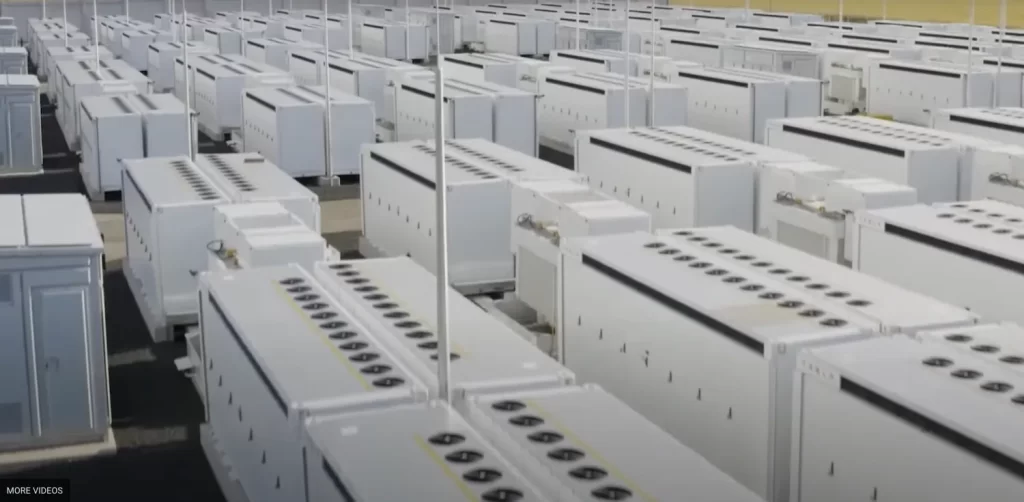
Arizona’s grid is getting a huge 200 MW Tesla lithium-ion battery energy storage system to support the state’s growing energy demand.
Utility Salt River Project (SRP) and Flatland Storage, a subsidiary of EDP Renewables North America, are launching the Flatland Energy Storage Project, which will help SRP meet the growing energy demands of Arizona’s fast-expanding population.
The Flatland Energy Storage Project is the largest utility-scale storage project in the EDP Group’s global portfolio to date.
The Flatland Energy Storage Project, which will be sited in south-central Arizona near Coolidge, will use Tesla Megapack 2XL lithium-ion battery storage. The system will have a capacity of 200 MW/800 MWh – enough to power around 45,000 homes for four hours during peak electricity demand. The batteries will absorb excess energy when customer demand is lower and store it for use during peak demand. It’s expected to come online in 2025. Plus, the Flatland project will save more than 169 million gallons of water each year compared to traditional energy generation.
This is SRP and EDPR NA’s second collaboration – the Flatland project will sit within Brittlebush Solar Park, their previous project, which already supplies 200 MW of solar power to SRP customers. The location means the battery can store energy from both the solar park and the grid.
The Flatland project will also boost the local economy. With a capital investment of over $271 million, the project will pay $7 million in taxes to local governments and support small businesses throughout its lifetime.
Bobby Olsen, SRP’s chief planning, strategy, and sustainability executive, pointed out that energy storage is crucial for SRP’s decarbonization goals. “Battery energy storage is an essential piece of SRP’s plan to decarbonize our portfolio and maximize the amount of renewable energy delivered to our customers,” Olsen said.
SRP wants to slash carbon emissions by 82% from 2005 levels by 2035 and achieve net zero by 2050. The utility, which is moving forward with the planned retirement of 1,300 MW of coal resources, currently has nearly 1,300 MW of storage and almost 3,000 MW of carbon-free resources online, and it expects to reach 50% net zero by 2028.





























